2D Shapes Teaching Resources
Bring dimension to 2D shapes for primary students with printable worksheets, digital activities, maths games and more — created by teachers for teachers!
This comprehensive collection of teaching resources includes editable lessons on two-dimensional shapes, aligned to the Australian curriculum and ready to be printed and used in the classroom. Explore the entire collection to find educational games, geometric activities, posters and vocabulary word wall cards to assist your students when they are learning to identify 2D figures by their names and their attributes.
Teaching this part of the maths curriculum for the first time in a while? Read on for a primer from the teachers on the Teach Starter team.
What Are 2D Shapes?
Two-dimensional shapes, or 2D shapes, are shapes that have only length and width, but no depth. Each of these geometric shapes has its own unique characteristics and properties, such as the number of sides, the types of angles and the relationship between the sides and angles.
For example, a square has four equal sides and four right angles, while a circle has no sides and no angles.
Teaching about 2D geometric shapes is crucial in those early years classrooms as these are the building blocks of more complex geometric concepts. Understanding them is an important foundation for developing spatial reasoning skills. It will also lay the groundwork for learning about symmetry, angles and perimeter and area, among other geometry and measurement concepts.
2D Shapes — A Kid-Friendly Definition
Looking to provide a simple definition for your primary students? Here's a kid-friendly definition you can use:
A 2D shape is a flat shape that has only two dimensions — length and width. When something is two-dimensional, it's flat like a drawing or a picture on a piece of paper.
Understanding 2D shapes is important because it helps us recognise and describe the shapes we see around us, and it can also help us with math and other subjects.
2D Shape Examples
A definition is a good start, but providing concrete examples will help students begin to wrap their heads around these two dimensional-objects!
Let's look at some of the common examples of 2D shapes that we teach in the early years:
Square
A square is a 2D shape with four straight sides that are all equal in length and four right angles. It is a type of rectangle and a type of parallelogram.
Rectangle
A rectangle is a 2-dimensional shape that has four straight sides. Unlike a square, a rectangle has two sides that are longer than the other two. It has four right angles and opposite sides that are parallel and equal in length.
Parallelogram
Like a rectangle and square, the parallelogram has four sides and is considered a 2D shape. The four straight sides of a parallelogram are parallel to each other. Opposite sides of a parallelogram are equal in length, and opposite angles are equal in measure. Squares, rectangles and rhombuses are all examples of parallelograms.
Trapezium
A trapezium (or trapezoid) is a quadrilateral shape with two parallel sides and two non-parallel sides. The parallel sides are called the bases of the trapezium, and the non-parallel sides are called the legs. Even though a trapezium has four sides, it is not a parallelogram!
Triangle
A triangle is a two-dimensional shape that has three straight sides and three angles. The angles of a triangle always add up to 180 degrees.
Circle
A circle is a 2D geometric shape that is round and has no straight sides. It is defined as the set of all points in a plane that are at a fixed distance (called the radius) from a single point (called the center).
Ellipse
An ellipse is a 2D shape that is similar to a circle, but its shape is stretched out or elongated. It is defined as the set of all points in a plane whose distances from two fixed points (called the foci) add up to a constant value.
Pentagon
A pentagon is a 2D shape that has five straight sides and five angles. The word 'pentagon' comes from the Greek words 'penta' (meaning 'five') and 'gonia' (meaning 'angle'). Each angle of a regular pentagon measures 108 degrees, and the sum of the angles in a pentagon is 540 degrees.
Hexagon
A hexagon is a 2D shape that has six straight sides and six angles. Each angle of a hexagon measures 120 degrees, and the sum of the angles in a hexagon is 720 degrees. Snowflakes are a common example of hexagons found in nature, and so is the honeycomb!
Rhombus
A rhombus is a 2D shape with four straight sides that are all equal in length. It is a type of parallelogram, and it has opposite angles that are equal in measure.
Octagon
An octagon is an eight-sided 2D shape. A stop sign is an octagon that students might recognise from seeing it along the road on the way to school.
Quadrilateral
A quadrilateral is a 2D shape with four sides and four angles. The sum of the interior angles of a quadrilateral is always 360 degrees. The following are all examples of quadrilaterals:
- Square
- Rectangle
- Parallelogram
- Trapezium
- Rhombus
What Are Polygons?
Many of the 2D shapes that students learn about are polygons.
A polygon is a 2D shape that has three or more straight sides and angles. Polygons can have any number of sides, but they must be straight, and they must not cross each other.
The word 'polygon' comes from the Greek words 'poly' (which means 'many') and 'gonia' (which means 'angle').
Here are some common examples of polygons:
- Triangles
- Squares
- Rectangles
- Pentagons
- Hexagons
- Octagons
A circle and an ellipse are both 2D shapes, but they are not polygons. They have a curved shape, while polygons consist of a closed structure with sides.
- Plus Plan
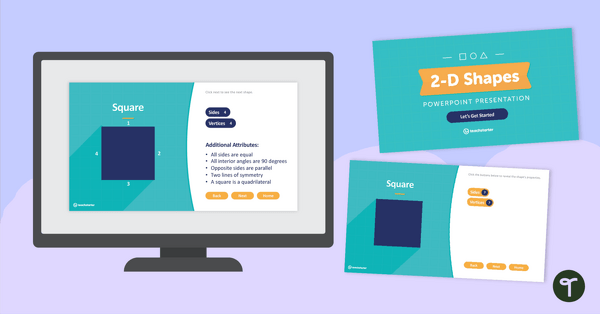
2D Shapes - Interactive PowerPoint Presentation
An interactive PowerPoint presentation that teaches the features of 2D shapes.
- Plus Plan
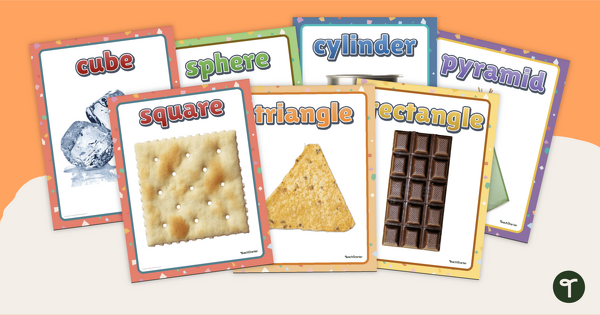
2D-3D Shape Posters
Use this set of 14 brightly coloured 2D and 3D shape posters to decorate your classroom and build academic vocabulary.
- Plus Plan
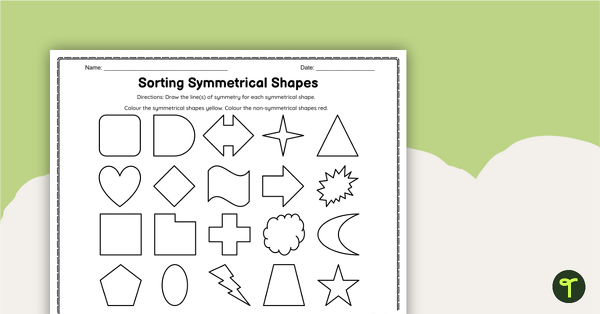
Sorting Symmetrical Shapes Worksheets
Use this simple but effective symmetry worksheet to reinforce the concepts of symmetrical and asymmetrical shapes with your Grade Four students.
- Plus Plan
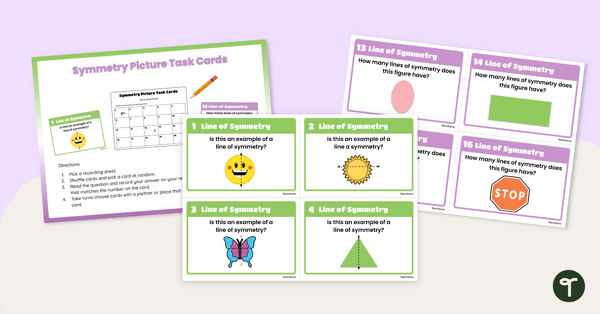
Symmetry Picture Task Cards
Use these fun and colourful symmetry picture task cards to help students identify lines of symmetry in both everyday objects and 2D shapes.
- Plus Plan
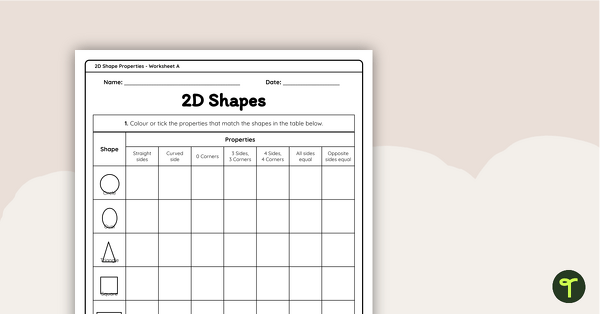
2D Shapes Comparison Worksheet
A set of two 2D shape worksheets for students to record their observations whilst comparing properties of 2D shapes.
- Plus Plan
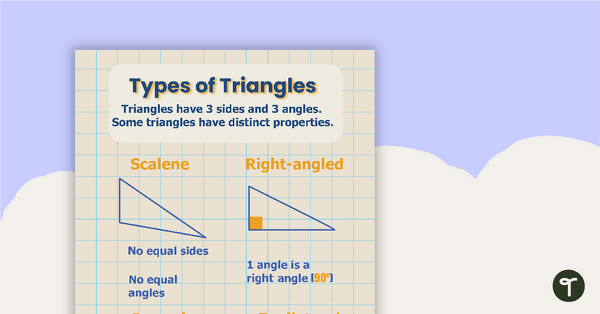
Types of Triangles Poster
A poster depicting and explaining the four types of triangles.
- Plus Plan
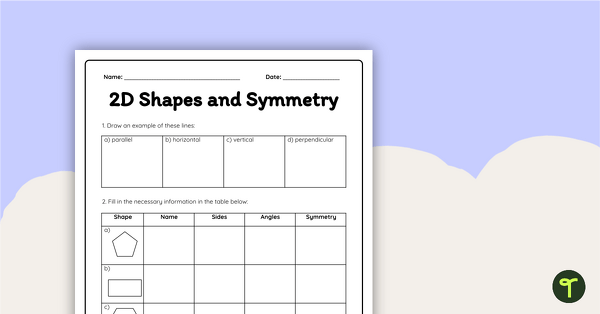
Shapes and Symmetry — Year 2 Worksheet
Assess year 2 students' understanding of 2D shape symmetry with this set of two worksheets.
- Plus Plan
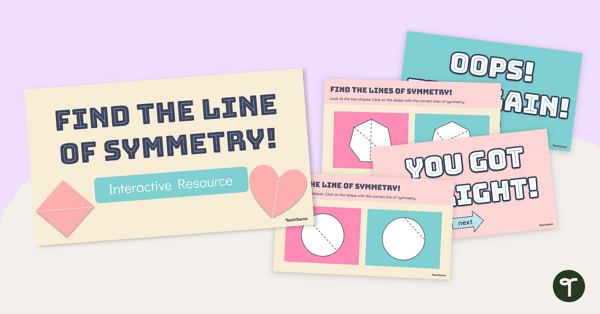
Find the Line of Symmetry Interactive Resource
Have fun with your class using this interactive learning tool to find the line of symmetry on various shapes and objects!
- Plus Plan
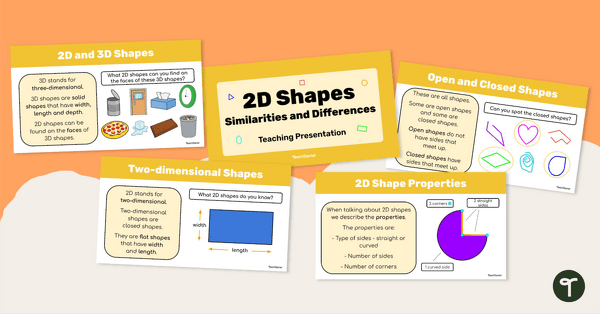
2D Shapes Similarities and Differences Presentation
This 18-slide deck supports teacher instruction to help enable students to identify similarities and differences between 2-D shapes.
- Plus Plan
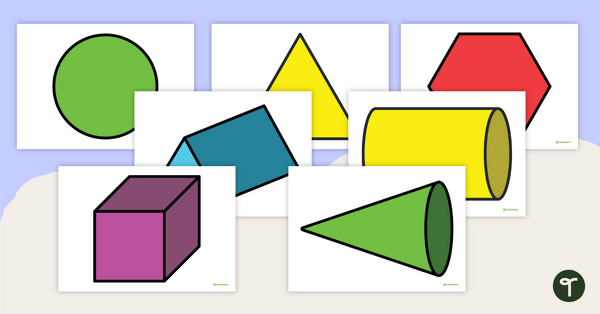
2D Shape and 3D Object Flashcards
Explore 2D shapes and 3D objects with this set of 20 full-page flashcards.
- Free Plan
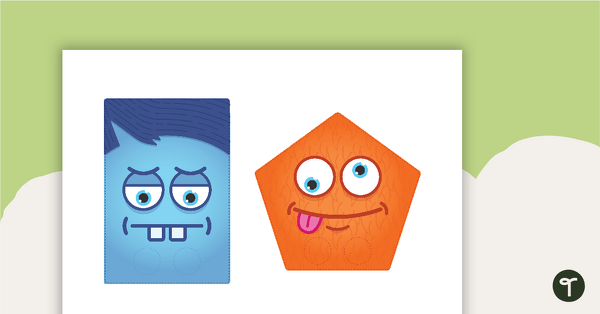
2D Shape Puppet Templates
Use these cute shape puppets when discussing 2D shape names and their properties to your students.
- Plus Plan
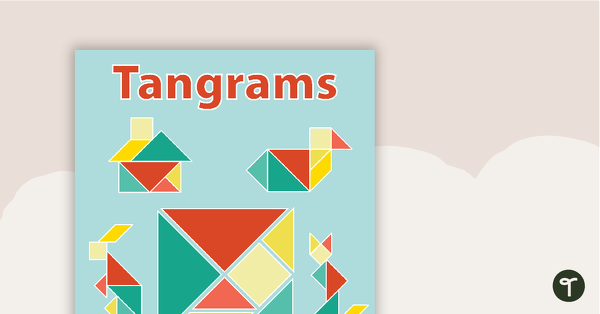
Tangram Activity
A poster showing examples of tangram shapes and a tangram template.
- Plus Plan
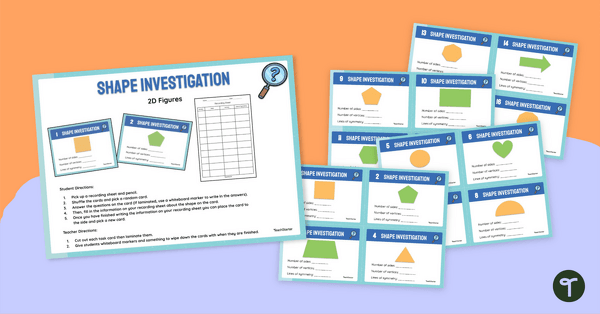
Shape Investigation 2D Figures Task Cards
Combine fun and learning with these 2D shapes and symmetry task cards for your Grade Four students!
- Plus Plan
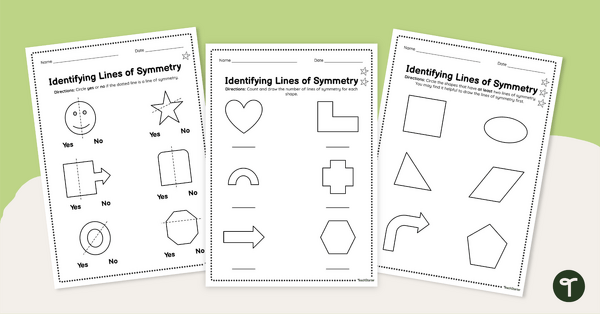
Identifying Lines of Symmetry Worksheets
Use this set of differentiated worksheets to help students practise the process involved with identifying lines of symmetry on two-dimensional shapes.
- Plus Plan
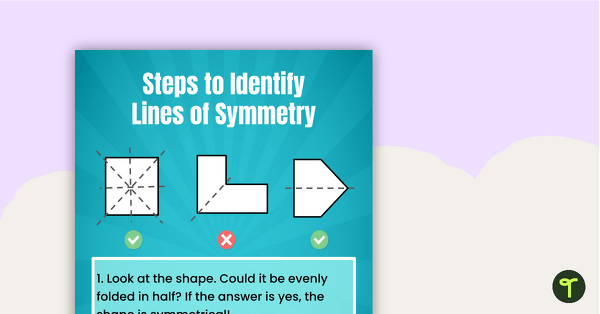
Identifying Lines of Symmetry Poster
Display this poster in your classroom as a reference tool for students to learn to identify lines of symmetry.
- Plus Plan
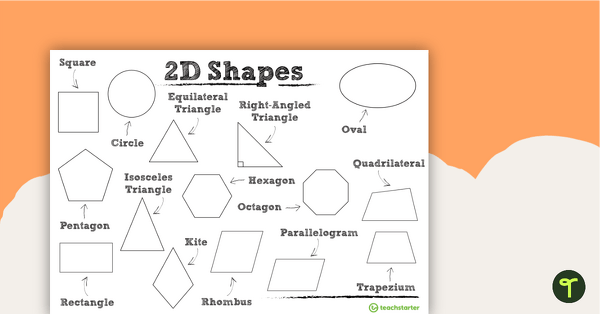
Individual 2D Shapes Posters - BW
2D Shapes and their names, diagrams and properties on individual posters.
- Plus Plan
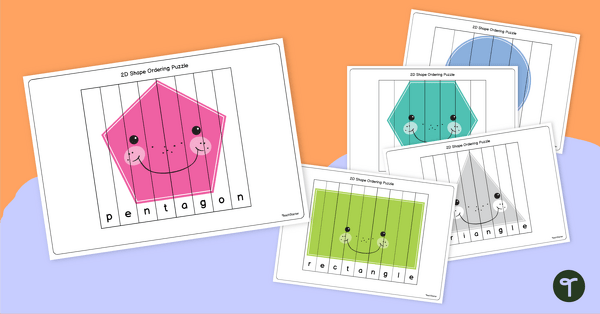
2D Shape Matching Puzzles
Use these 2D shape puzzles to help familiarise your students with the most common two-dimensional shapes.
- Plus Plan
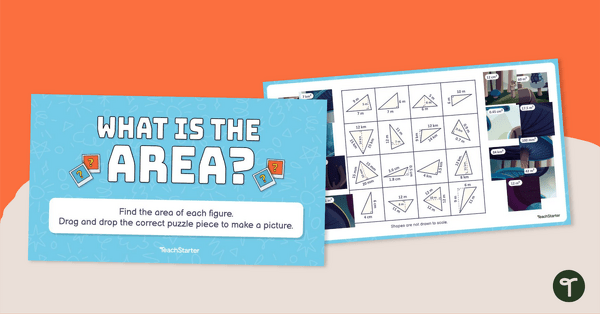
Interactive Area Puzzle (Triangles)
Have your students find the area of 16 triangles on the board and match the corresponding pieces to reveal a mystery picture.
- Plus Plan
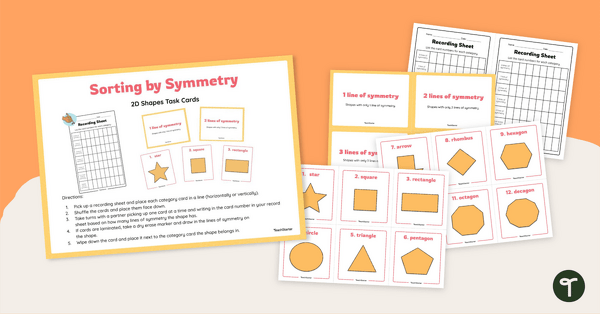
Sorting by Symmetry: 2D Shape Task Cards
Help students practise sorting 2D shapes by the number of lines of symmetry using this fun set of mathematics sorting cards.
- Plus Plan
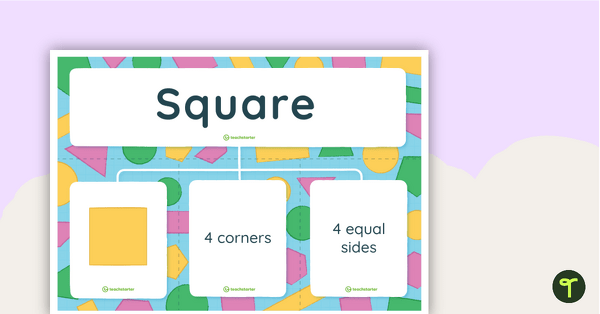
2D Shape Match-up Puzzles
A set of puzzles that match up 2D shapes and their properties.
- Plus Plan
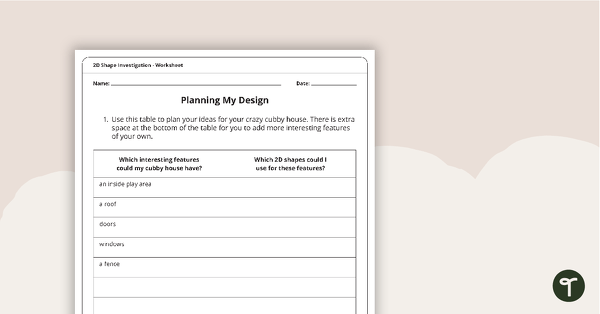
2D Shape Maths Investigation - My Crazy Cubby House!
A mathematics investigation involving 2D shape, embedded in a real-world context.
- Plus Plan
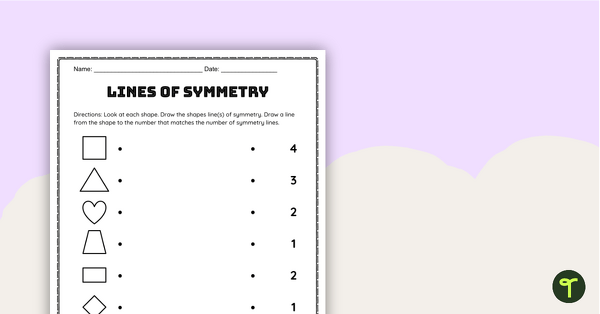
Matching Lines of Symmetry Worksheets
Introduce the concept of ‘multiple lines of symmetry’ to your Grade Fours with this match-up worksheet set.
- Plus Plan
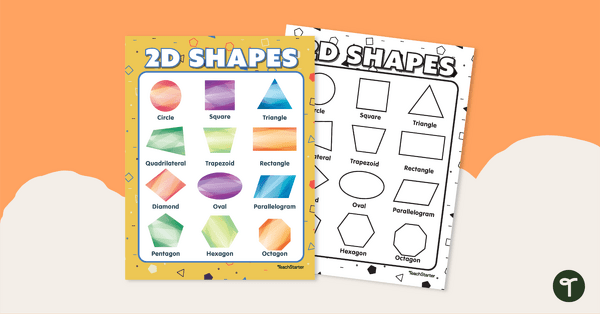
2D Shapes Poster
Use this colourful poster with a collection of 2D shapes in your maths classroom.
- Plus Plan
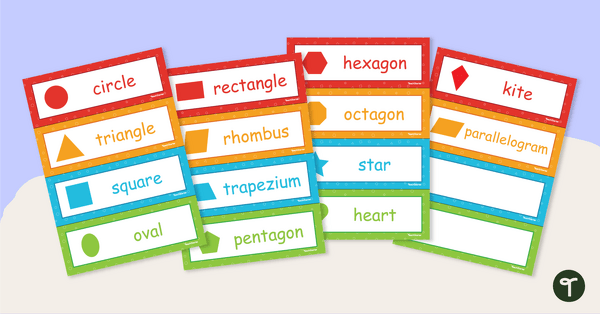
2D Shapes Flashcards
Use these 2D shapes flashcards to help familiarise your students with the most common two-dimensional shapes.
- Plus Plan
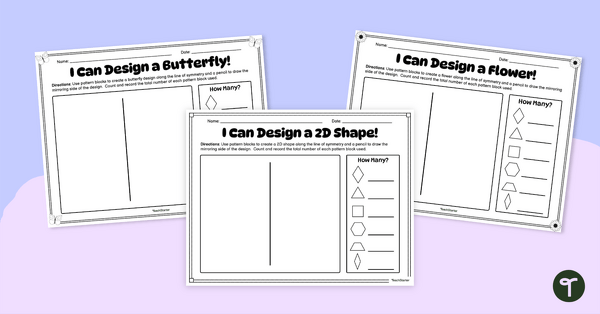
Symmetry Pattern Design Worksheet
Have your students create real-world symmetrical representations using this 3-page symmetry worksheet set and a tub of pattern blocks.
- Plus Plan
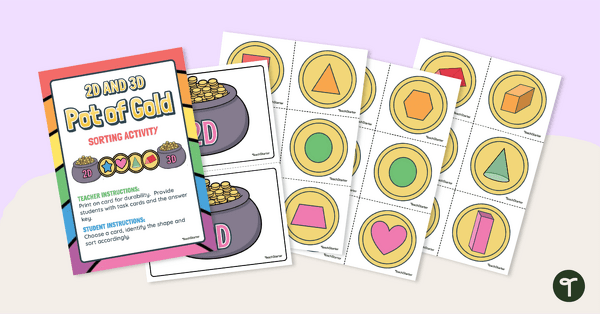
Sorting 2D Shapes and 3D Objects (Pot of Gold Theme)
Sort coins that feature 2D shapes and 3D objects into their corresponding pots with a St. Patricks Day theme!
- Plus Plan
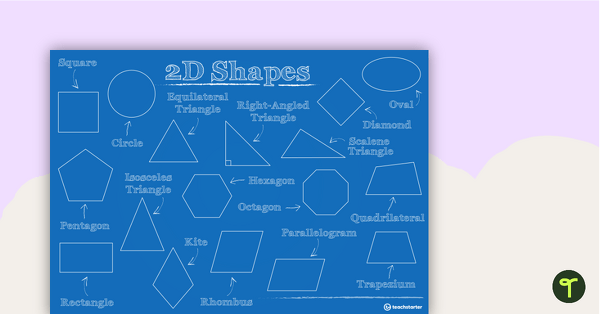
2D Shapes Blue Print Poster
2D Shapes and their names on one poster.
- Plus Plan
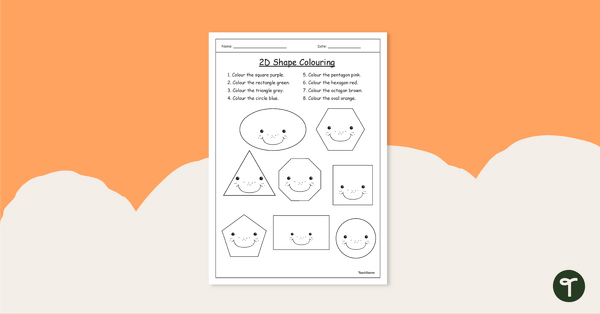
Identify and Colour 2D Shapes Worksheet
Use this 2D shapes worksheet to help your students identify 8 of the most common two-dimensional shapes.
- Plus Plan
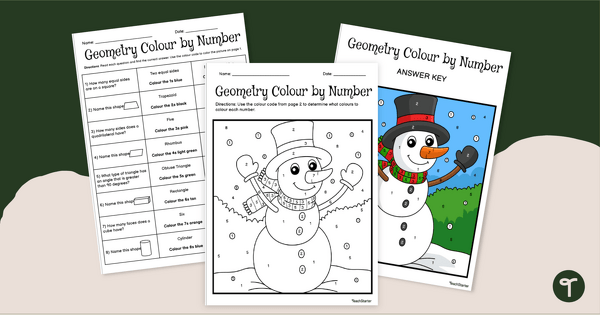
Christmas Colouring By Number - 2D and 3D Shapes Worksheet
Practise classifying 2D and 3D shapes with a printable Christmas colouring-by-number worksheet.
- Plus Plan
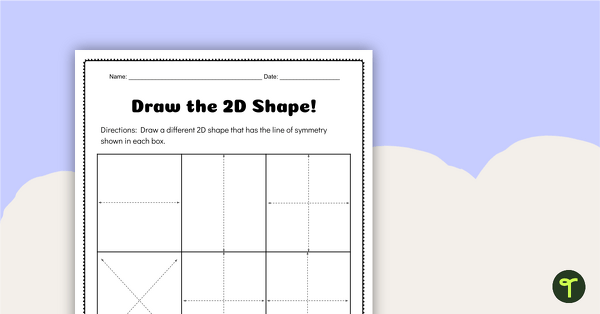
Draw the 2D Shape! Worksheet
Use this single-page symmetry worksheet to spark students’ creativity, as they think of and draw shapes which fit the provided lines of symmetry.
- Plus Plan
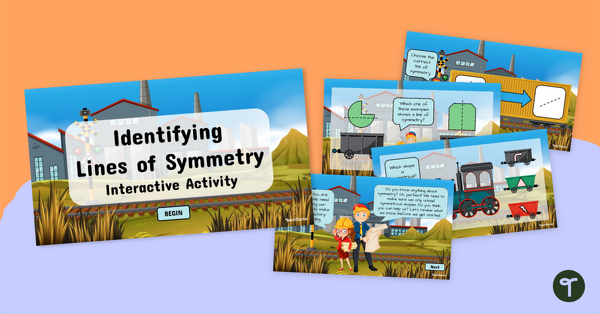
Identifying Lines of Symmetry Interactive Activity
Explore this rail-yard themed interactive activity with your students to teach them how to identify lines of symmetry.
- Plus Plan
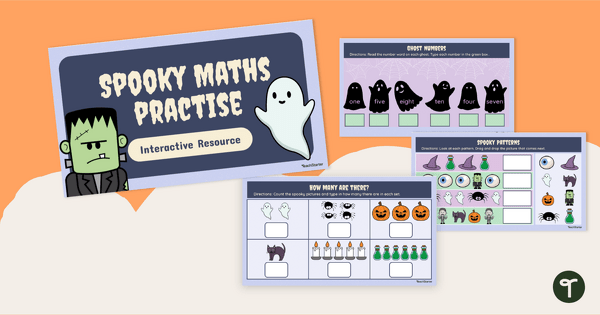
Digital Halloween Maths Activity
Save time writing your October maths lesson plans with a digital Halloween math activity for foundation year students.